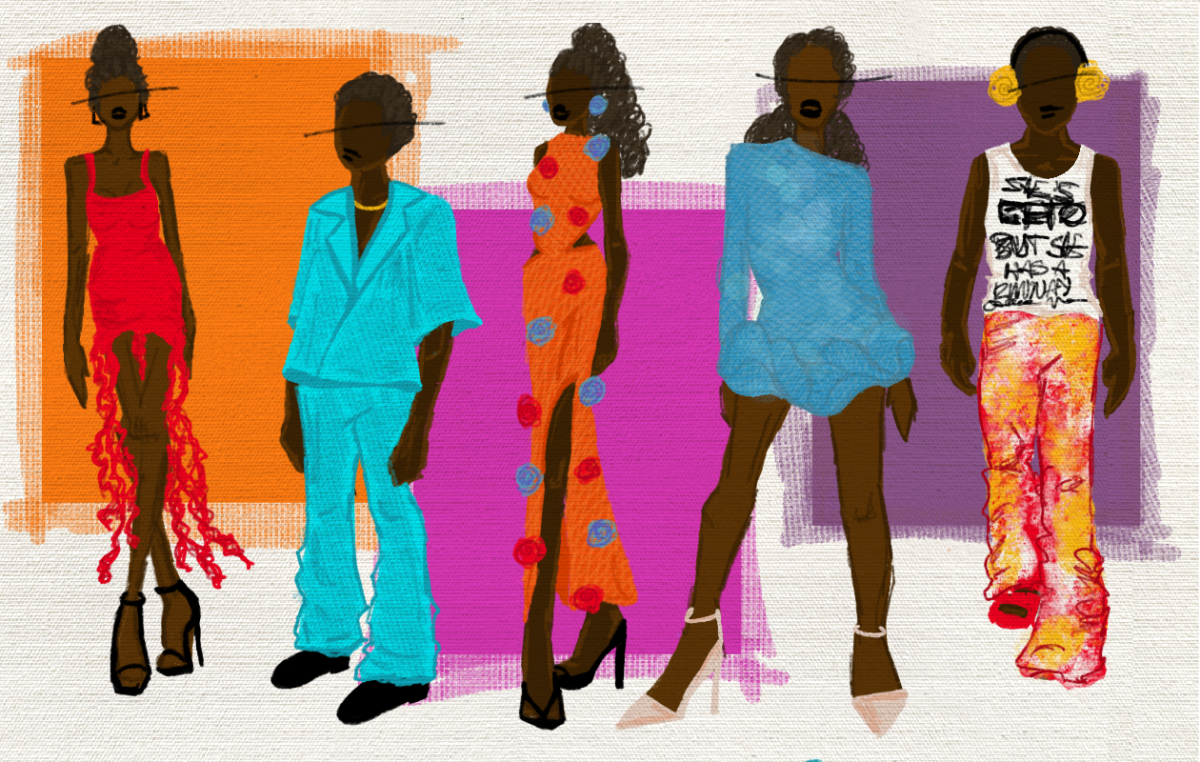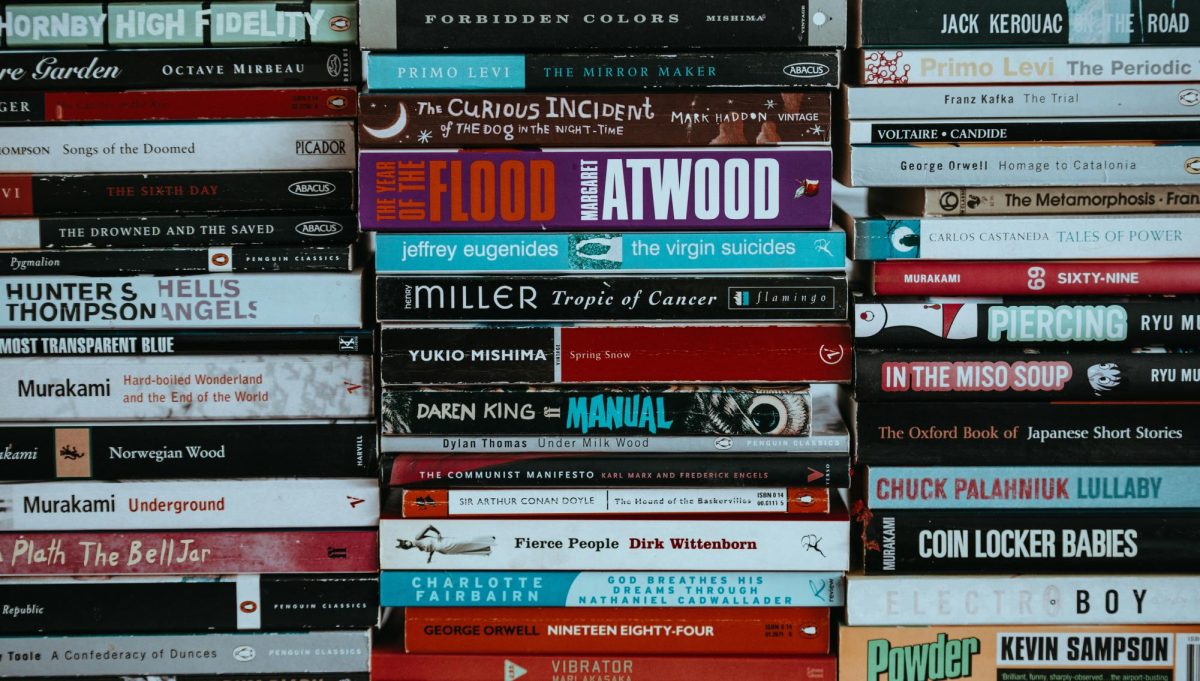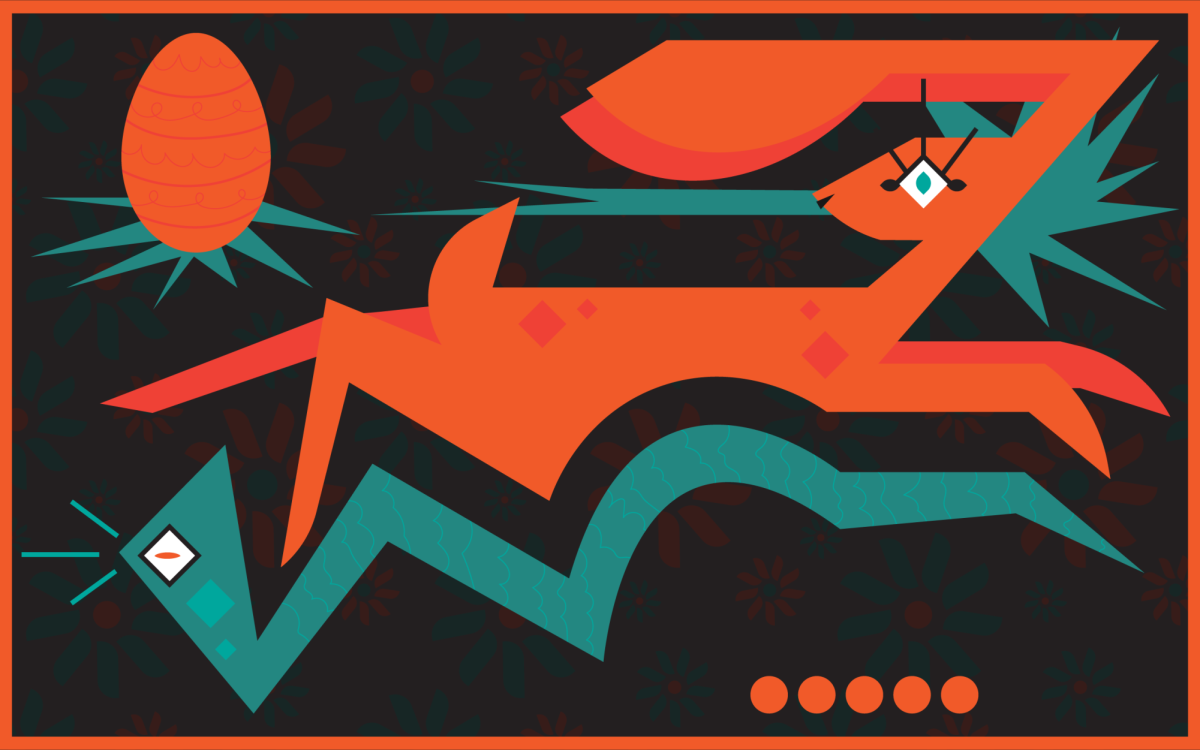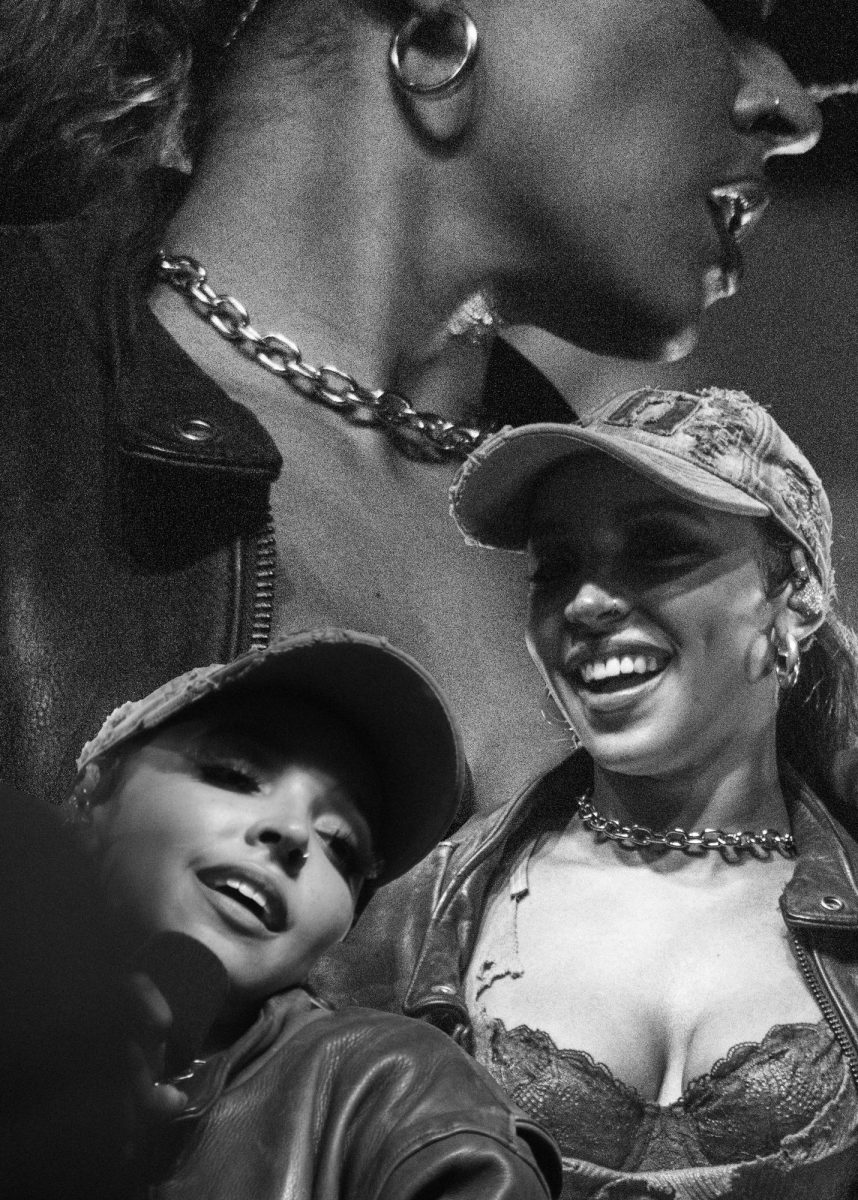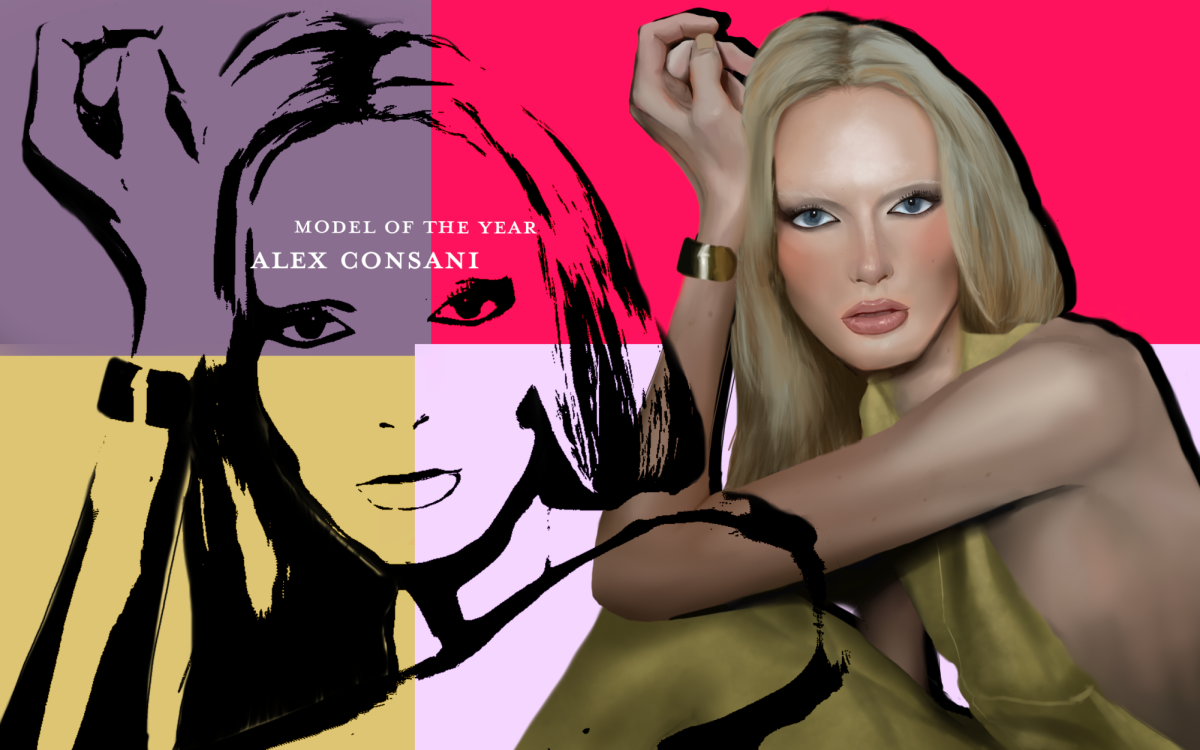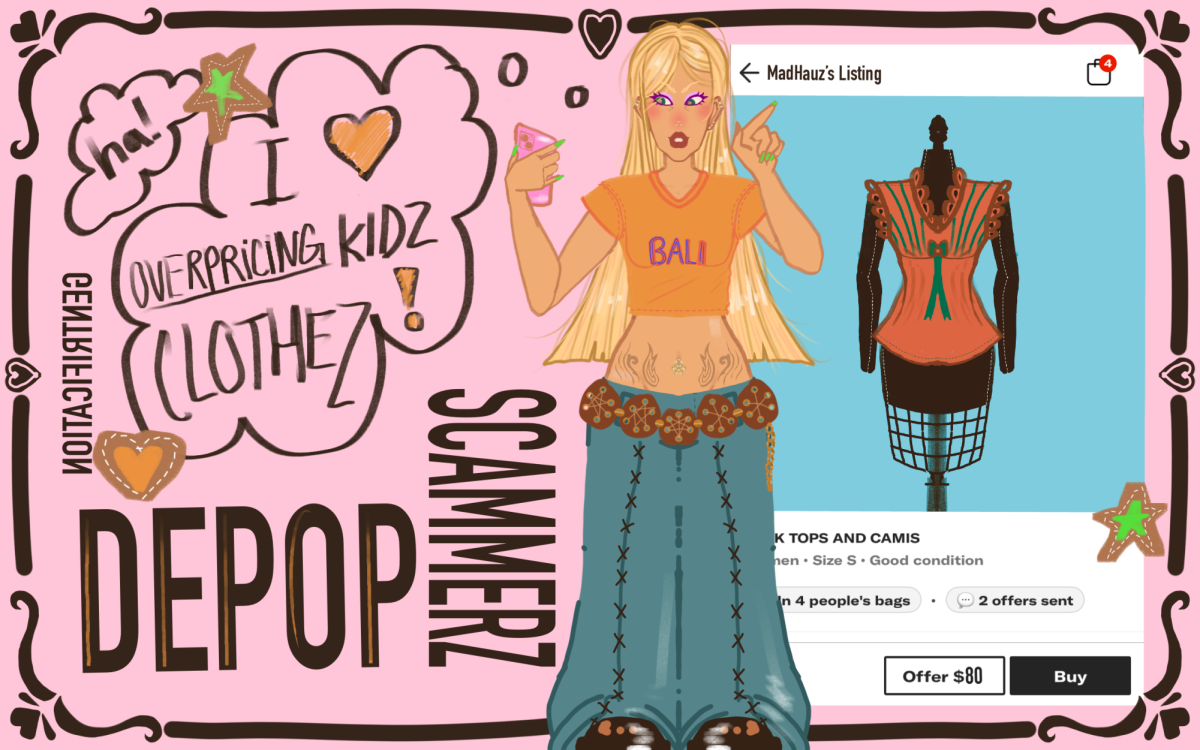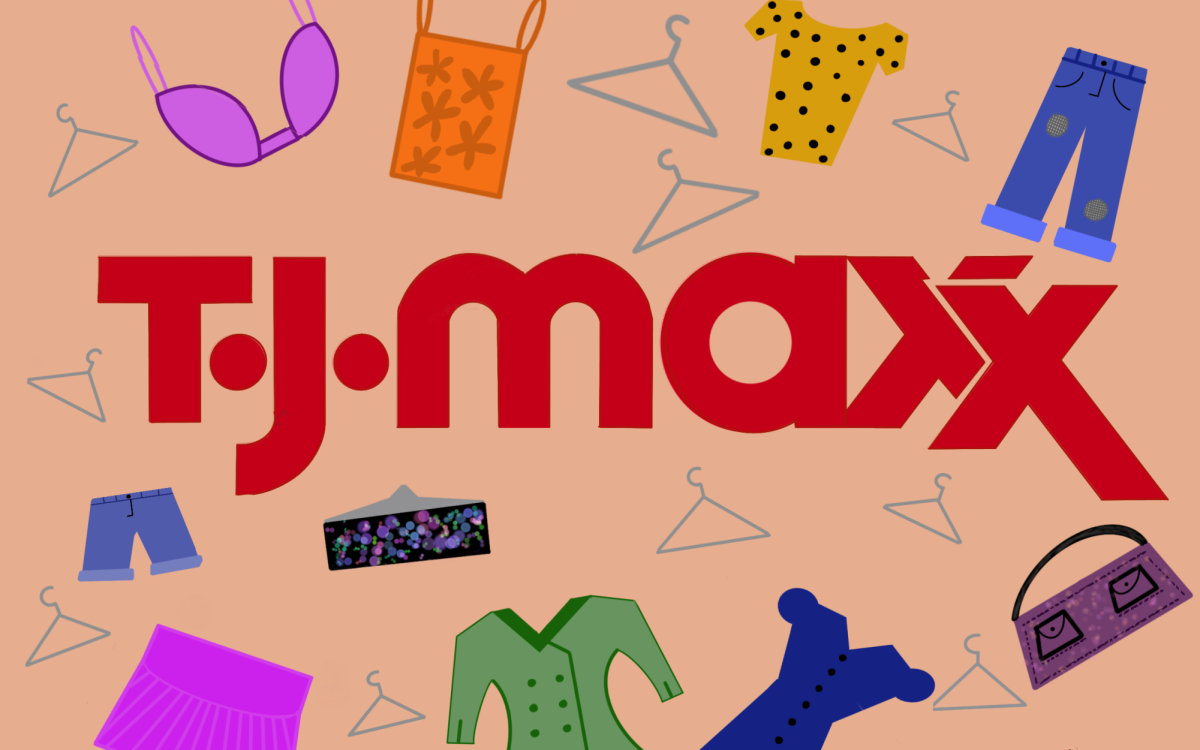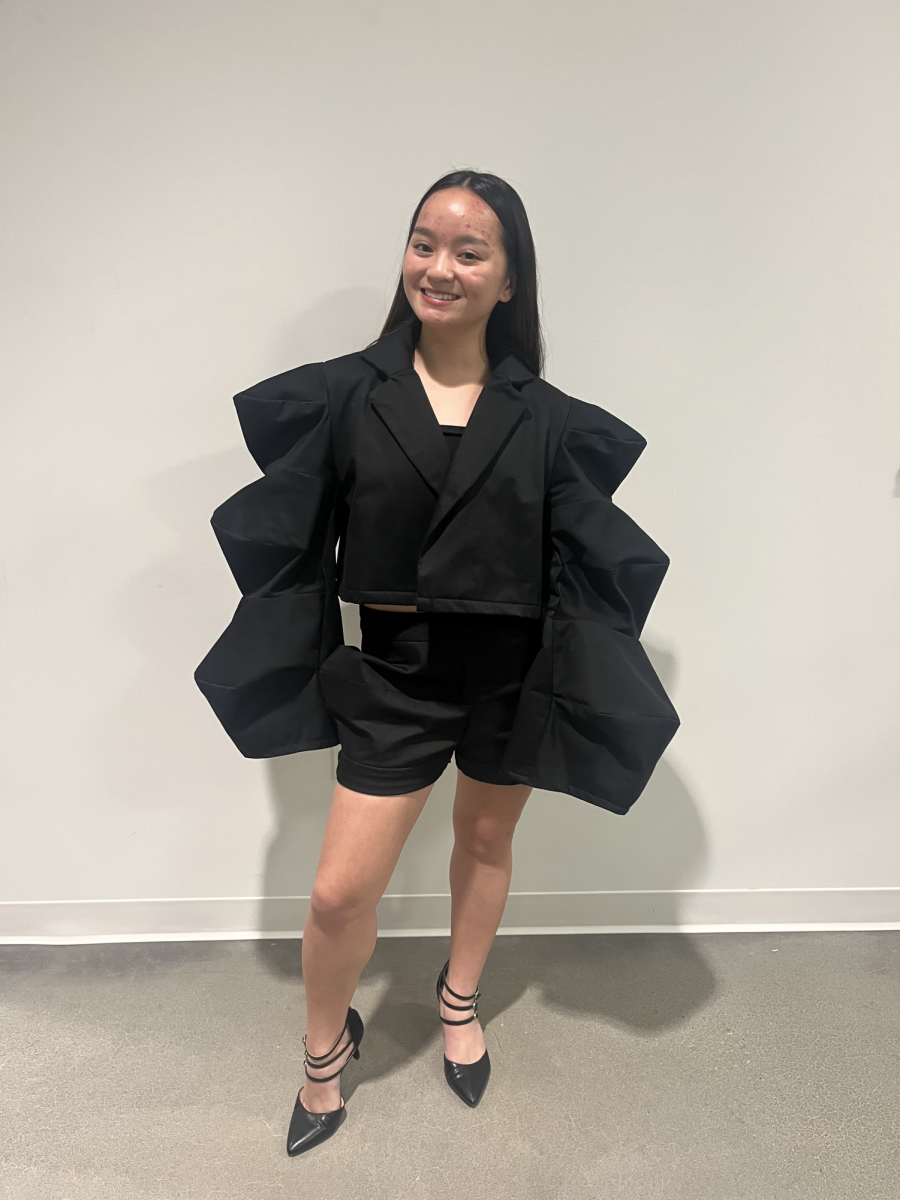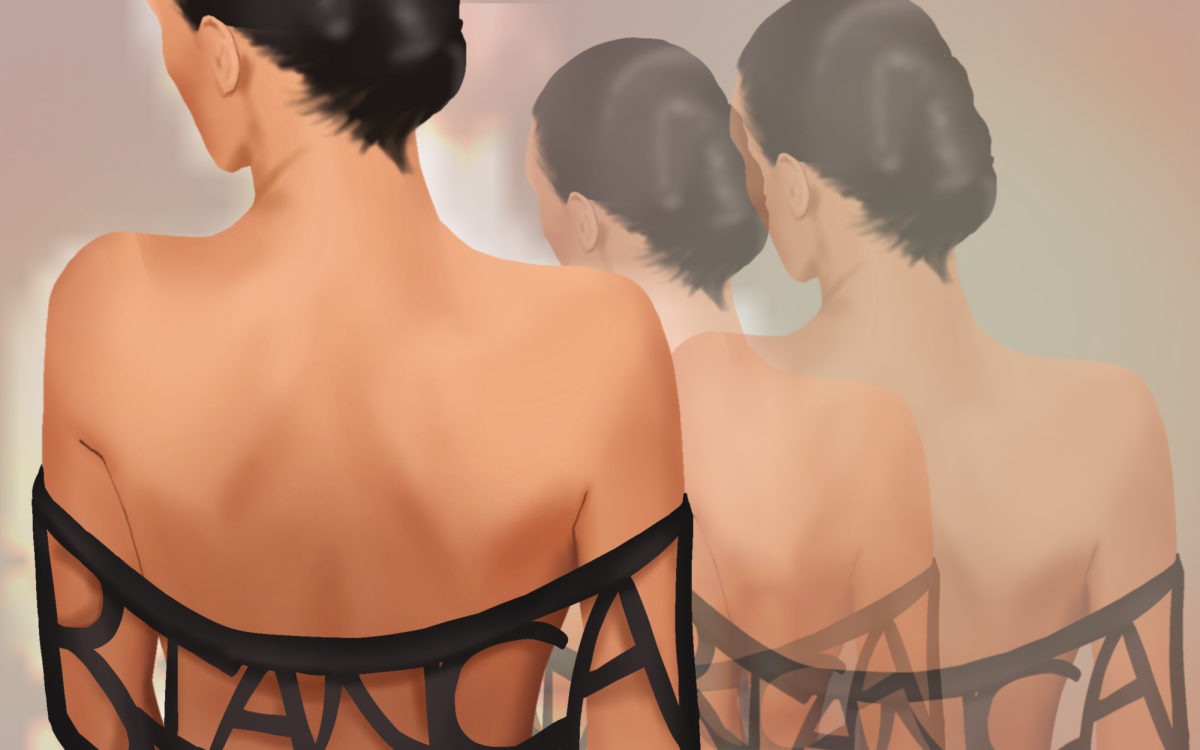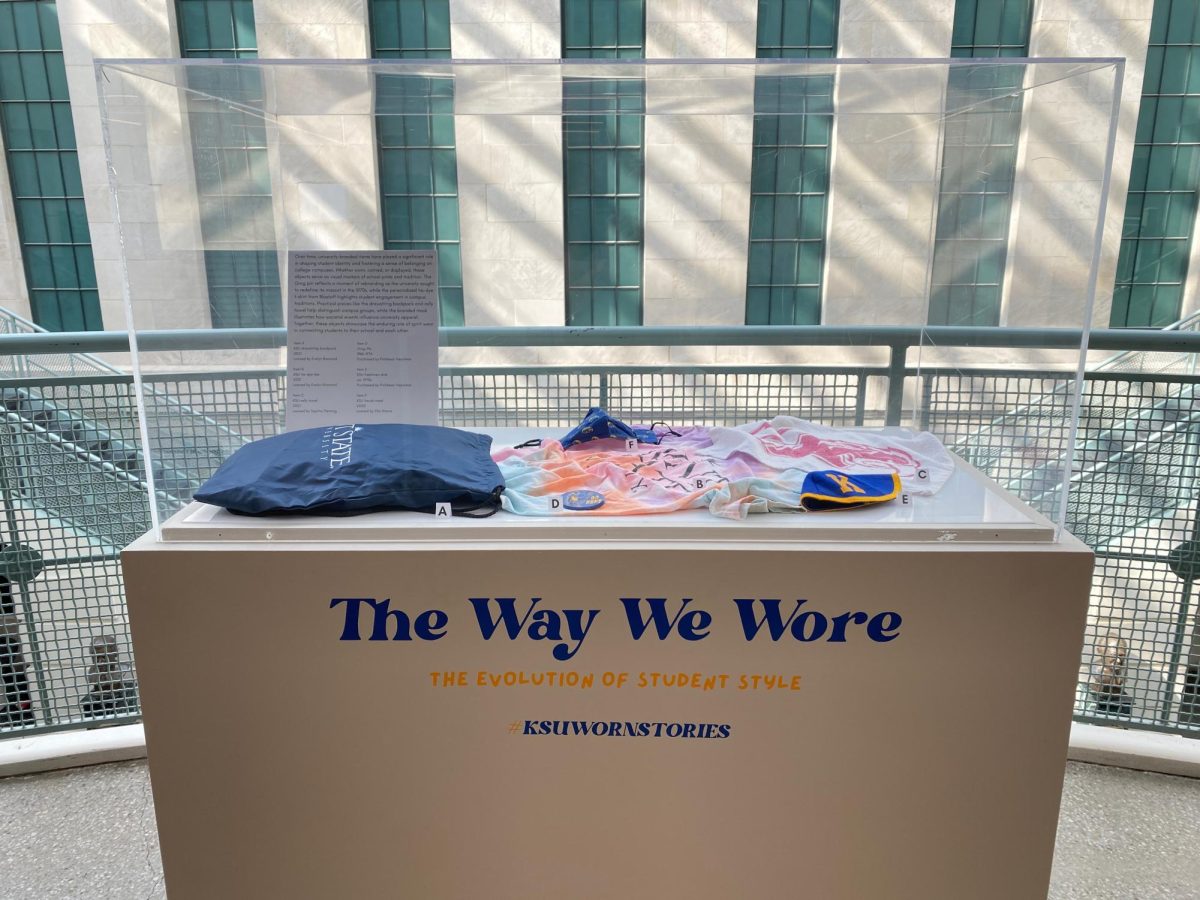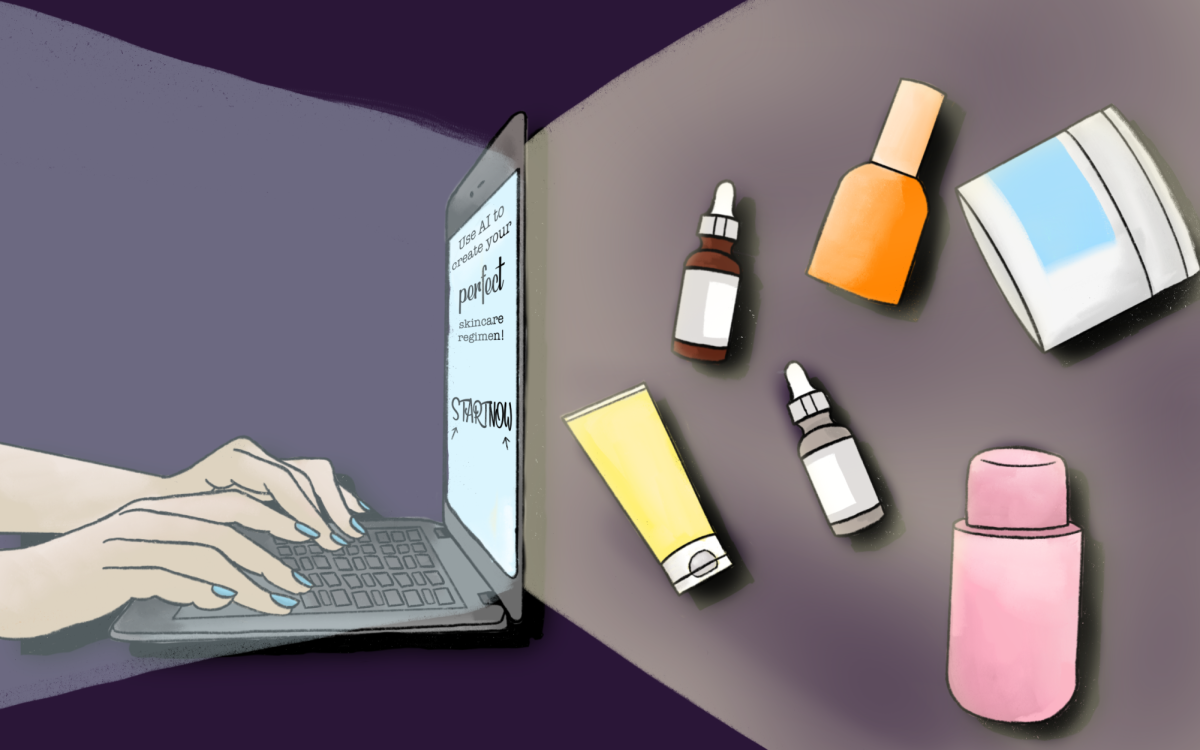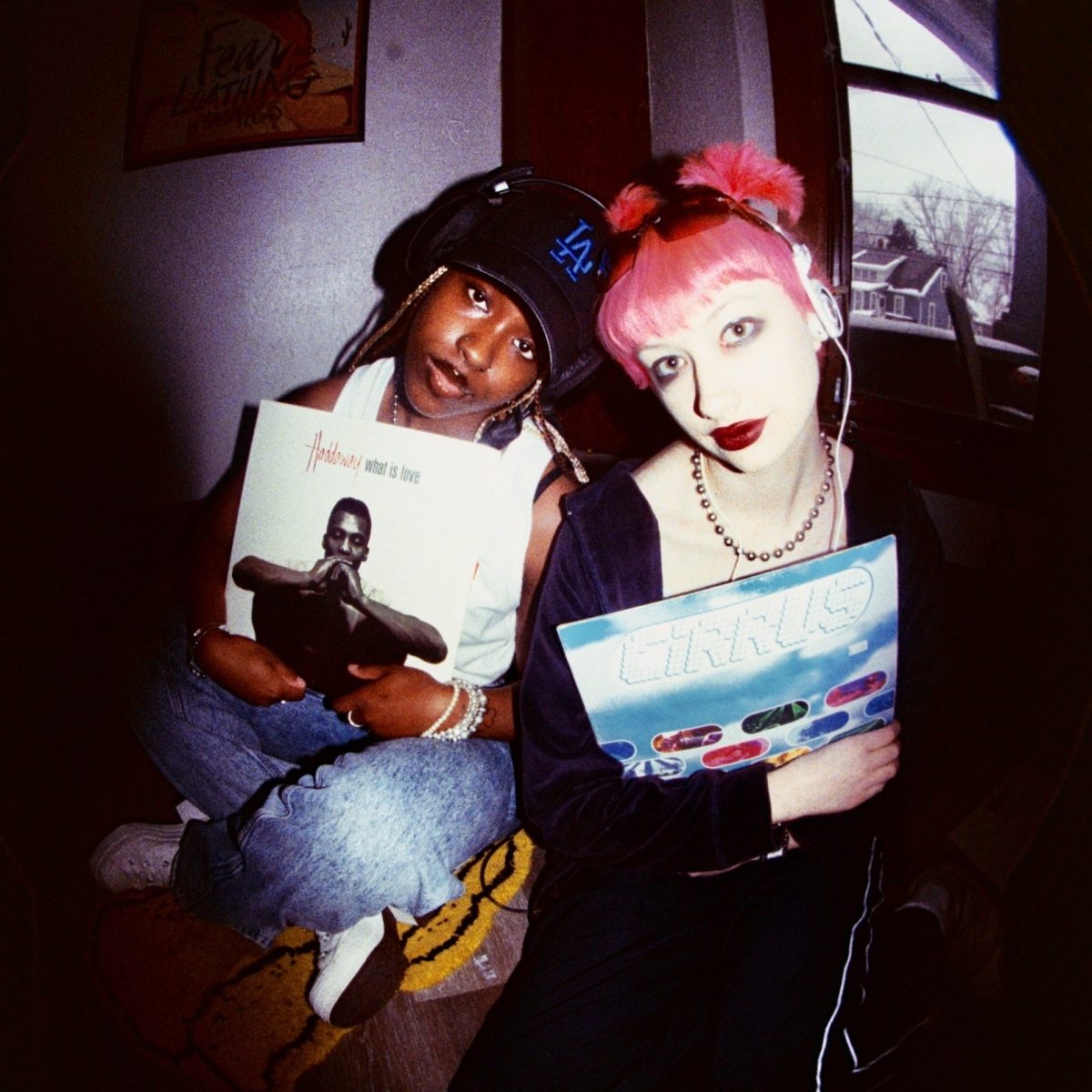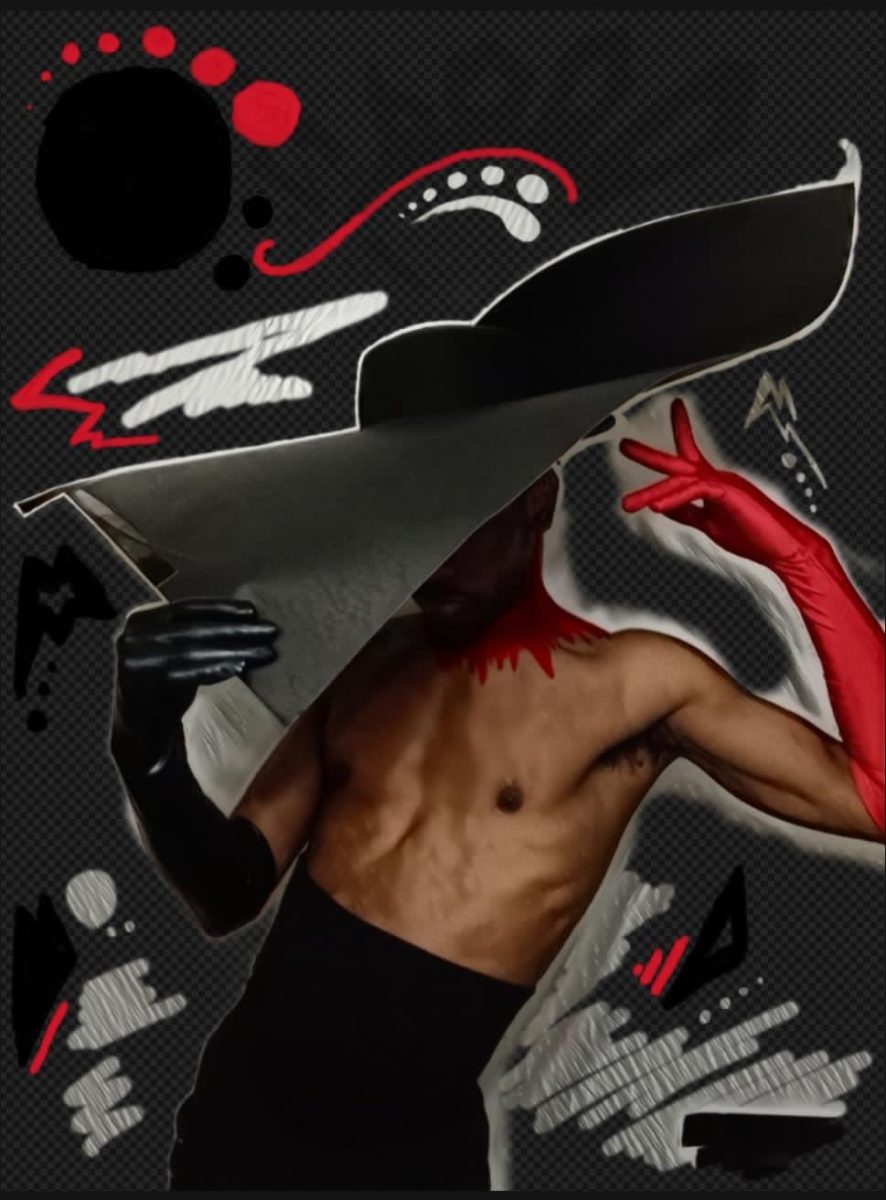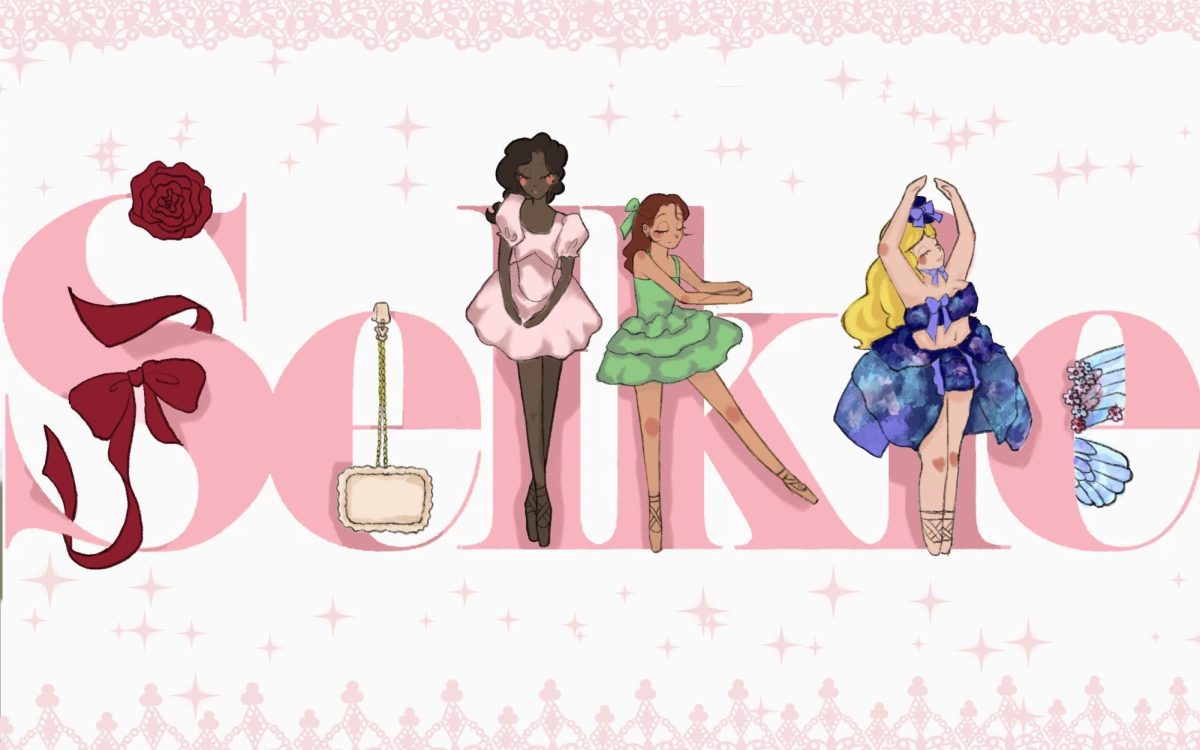In a world dominated by polarization, we all still ask ourselves the same question every morning– what am I going to wear today? Even those who do not realize it, contribute to the fashion industry, which is why it’s always fashion week somewhere.
Since 2011, creatives in the Democratic Republic of Congo have used fashion as a means of unity and escapism from the harsh realities of their war-stricken country. They have also managed to use the media attention brought on by fashion to bring awareness to the country’s struggles, which have gone mostly unnoticed by the majority of the Western world.
The Democratic Republic of Congo is the second largest country in Africa, the 11th largest in the world, and somehow one of the deadliest. The violence the country faces has spanned nearly two centuries, and learning about what contributed to that is important to be a global citizen.
Since the 19th century, the Democratic Republic of Congo has been subjected to the world’s largest, most hidden genocide. Prior to Belgium’s colonization, the country was known as the “Kongo Kingdom” and was home to the second-largest rainforest in the world.
In 1885, King Leopold of Belgium seized the land and claimed it as his own, enslaving Congolese people and forcing them into labor to collect resources such as rubber and ivory. He renamed the nation the “Congo Free State,” which soon became the bloodiest colony in Africa. Leopold was known for heinous crimes against his slaves, such as amputation and rape. Throughout his 23-year reign, 10 million Congolese people were murdered.
It wasn’t until 1950 that the Congo National Movement took down Belgian forces and reclaimed the land. However, Congolese people continue to suffer the effects of European colonization. According to Global Conflict Tracker, “since 1996 alone, conflict in the mineral-rich, mineral-rich eastern parts of the country have caused over 6 million deaths.”
Currently, Congolese people are facing displacement and forced labor due to conflict perpetrated by M23 rebels and the high demand for cobalt, which the country has an abundance of. In 2021, the rebels violently seized eastern territories and continued to use violence to remain in control. There are over 120 armed groups in Congo, some fighting for the country’s cobalt and some created by the Congolese to protect their communities from the seizures. The Congolese people are in imminent danger, with millions unable to fulfill their basic human needs. Humanitarian efforts are present in eastern territories, but it isn’t enough. The Congolese people need help, but even in their time of need, they are staying positive and using fashion as a means of inspiration and freedom.
In 2011, Marie-France Idikayi founded Congo Fashion Week intending to expose Congolese designers to the rest of Africa and the world. The first Congo Fashion Week was held in 2012, in the city of Brazzaville and went on for three days. The show highlighted incredibly talented designers such as Adebayo Jones and Russel Ndengoue. The event received major international media coverage by publications such as Vogue Italia, France 24, The Wall Street Journal, The Los Angeles Times and many more, which was revolutionary for Congo as mainstream media has shied away from covering news about the war because of how important cobalt is in today’s electronic society. According to the event’s LinkedIn, “The country itself has received good press from the event rather than the usual war, rape and corruption reports.”
After a successful launch, CFW continued by changing locations to accommodate the country’s violent instability. CFW’s sophisticated event coordination and amazing turnouts truly brought pride to Congolese creatives who are accustomed to constant disarray. Unfortunately, after eight years of successful shows, CFW saw the same corruption that the country faces at large.
In 2020, allegations of models not receiving compensation for walking in shows were brought to light. In response, the CFW released a statement on their official Instagram claiming the president of Congo agreed to sponsor the event, but never released the funds to the event’s founder. However, models and other followers did not believe the statement and pleaded in the comments for CFW to pay models with one Instagram user stating, “We have not signed a contract with the presidency, nor with the government, much less with the guardian ministry. We signed with Congo Fashion Week.” Though this unfortunate, mid-pandemic scandal received little to no media attention, it tainted CFW’s reputation and broke the trust the Congolese population had in them. They have since deactivated their official website and haven’t produced a fashion week since.
Fortunately, one organization’s failure was not going to hinder the force of the Congolese fashion community and their undying devotion to using fashion to uplift their country. Following the fall of CFW, the Liputa Fashion Show has since served the Congolese fashion community with a show each year honoring African designers. In 2023, the LFS took place in the city of Goma, featuring African designers from all over the world.
Designer Flore Mfuanani Nsukula who presented her collection in the Liputa Fashion Show stated on AP News, “Through art, all the colors that we will express, through our clothes, will be full of emotions, trying to explain what we are going through in our country.”
https://www.instagram.com/p/CzYI4QEoeeI/?img_index=1
As 2024 approaches, the Liputa Fashion Show is preparing for their 10th anniversary show which will be a visual representation of Congolese strength and resilience.
Congolese fashion is not going to slow down any time soon, but unfortunately, neither are the horrors that the country faces on a daily basis. Although it feels worlds away from the U.S., our buying power has a direct impact on the exploitation of labor happening in Congo. As Western governments attempt to make strides toward a greener, digitized future, minerals such as cobalt are in high demand. Cobalt is an essential component of lithium-ion batteries which are used in electric vehicles, solar energy storage, e-cigarettes, other vape devices, and many more appliances used by Western nations daily. As a result of the intense demand, Congo has essentially become one huge cobalt mine that has caused heinous war and exploitation.
According to ABC News, in 2022, the U.S. The Department of Labor added lithium-ion batteries to a list of goods produced by child labor. Working conditions of artisanal cobalt mines are incredibly dangerous with hundreds of deaths caused by mine collapses and diseases caused by exposure to toxic filth.
Siddharth Kara, a researcher in modern slavery, recounts what he witnessed in Congo ABC News, “The severity and scale of human degradation and exploitation at the bottom of global supply chains, it just really shook me.”
These mines are taking over entire neighborhoods at a rapid rate, and the Congolese population has no choice but to succumb to working in the industry for little to no pay. Entire streets have been wiped out and turned into mines, displacing and devastating the population.
A former resident of an M23-occupied area explained to Human Rights Watch, “[The M23 told us:] ‘Anyone who is against us will die. We are not coming to fight, we are here to take back our land. After they arrived, the M23 raped women, forced people to work for them, and beat people up, … “We had to work in our fields and give them our crops.”
Anaïs Tobalagba, a policy researcher for RAID, a corporate watchdog organization told ABC News:
“we’re thinking about this energy transition as being something that will solve the environmental problems that the world is facing. But in reality, what’s happening is the problem is just shifting from one part of the world to another.”
70% of the world’s cobalt comes from Congo, which means the use of Lithium-ion batteries directly contributes to the high demand for the chemical element. Because of the demand, western countries have done little to nothing to attempt to repair the damage done in the country.
To support Congo, we must discourage the use of lithium-ion batteries. If a large effort is put towards minimizing Lithium-ion battery usage, we could begin to see a decline in demand, which will hopefully lead to Western governments getting involved in reforming mining practices in Congo. Raising awareness online and on a local level will make a difference.
Tell someone about Congo today, because they most likely have no idea what is going on there.
#FreeCongo
Support Student Media
Hi! I’m Annie Gleydura, A Magazine’s editor-in-chief. My staff and I are committed to bringing you the most important and entertaining news from the realms of fashion, beauty and culture. We are full-time students and hard-working journalists. While we get support from the student media fee and earned revenue such as advertising, both of those continue to decline. Your generous gift of any amount will help enhance our student experience as we grow into working professionals. Please go here to donate to A Magazine.

